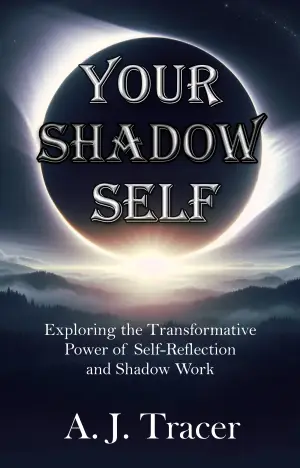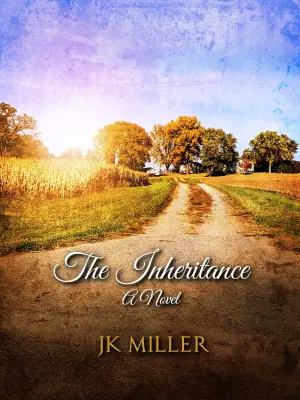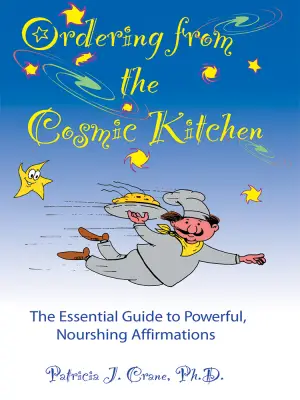A Journey Through Time and Grief: My Thoughts on The Underwood Tapes
Anyone who knows me understands my fascination with stories that intertwine the tangible and the intangible, the living and the ghostly. When I first stumbled upon The Underwood Tapes by Jessica M. V. Laird, the concept of communicating across time, especially through something as nostalgic as cassette tapes, immediately drew me in. What a poignant metaphor for the conversations we never get to have with those we’ve lost! As I settled into the story, I found myself navigating the murky waters of grief alongside Grace, struck by the delicate dance between sorrow and resolution.
At its core, The Underwood Tapes thoughtfully examines the themes of grief, connection, and the relentless search for closure. Grace’s journey unfolds after the mysterious disappearance of her friend Jake, whose tapes serve as a thread weaving past and present, sorrow and hope. The lyrical line, “Time is like a tide here, pulling us along with it and finally, finally pushing us together,” encapsulates the essence of the story, highlighting how time both separates and binds us. Grace’s struggle to understand her mother’s reluctance to return to Hermitage, Florida serves as a backdrop for unveiling family secrets that echo the ghosts of their shared past.
Laird’s writing style is richly evocative, capturing the nuances of grief with an authenticity that resonates deeply. I felt every pang of Grace’s loneliness and her desperation to uncover not only Jake’s fate but her own family history. One particularly memorable quote, “How impossible must it be to lose someone and not even know why?” struck a chord, allowing me to reflect on my own experiences with loss. The duality of Grace and Jake’s friendship is beautifully depicted, showcasing their shared trauma and their longing for understanding, creating a genuine kinship that transcends time.
Yet, while I found the exploration of these themes compelling, I did feel the mystery itself veered into predictable territory. The narrative adeptly developed from cassette tapes to newspaper clippings, cleverly bending the notion of time, but the conclusion left me wanting more. It almost felt like a gentle wave that dissipated right before crashing, lacking the climactic force the buildup suggested. The resolution, though cathartic, lacked the satisfaction of a twist or a well-earned revelation, which was a letdown after engaging so deeply with Grace’s journey.
Despite these quibbles, there’s an undeniable beauty in how The Underwood Tapes addresses self-forgiveness and the importance of letting go, reminding us that grief is universal, yet distinctly personal. “You can’t let it go, or time won’t let go of you,” echoes throughout the narrative, urging us to confront our pasts, no matter how painful. Grace’s evolution is a poignant reminder that while closure may be elusive, understanding can sometimes be found in the heart’s quiet corners.
I believe this book will resonate with anyone who has grappled with loss or sought closure in their own life. It’s a heartfelt reminder that time and space are merely constructs of our minds, and the connections we forge—no matter how fragile—can shine a light in even the darkest moments. The Underwood Tapes left me with a bittersweet ache in my heart and a renewed appreciation for the stories that bind us all together, past and present. If you’re ready for a reflective journey through grief interspersed with a hint of mystery, I wholeheartedly recommend picking up this beautifully written tale.














